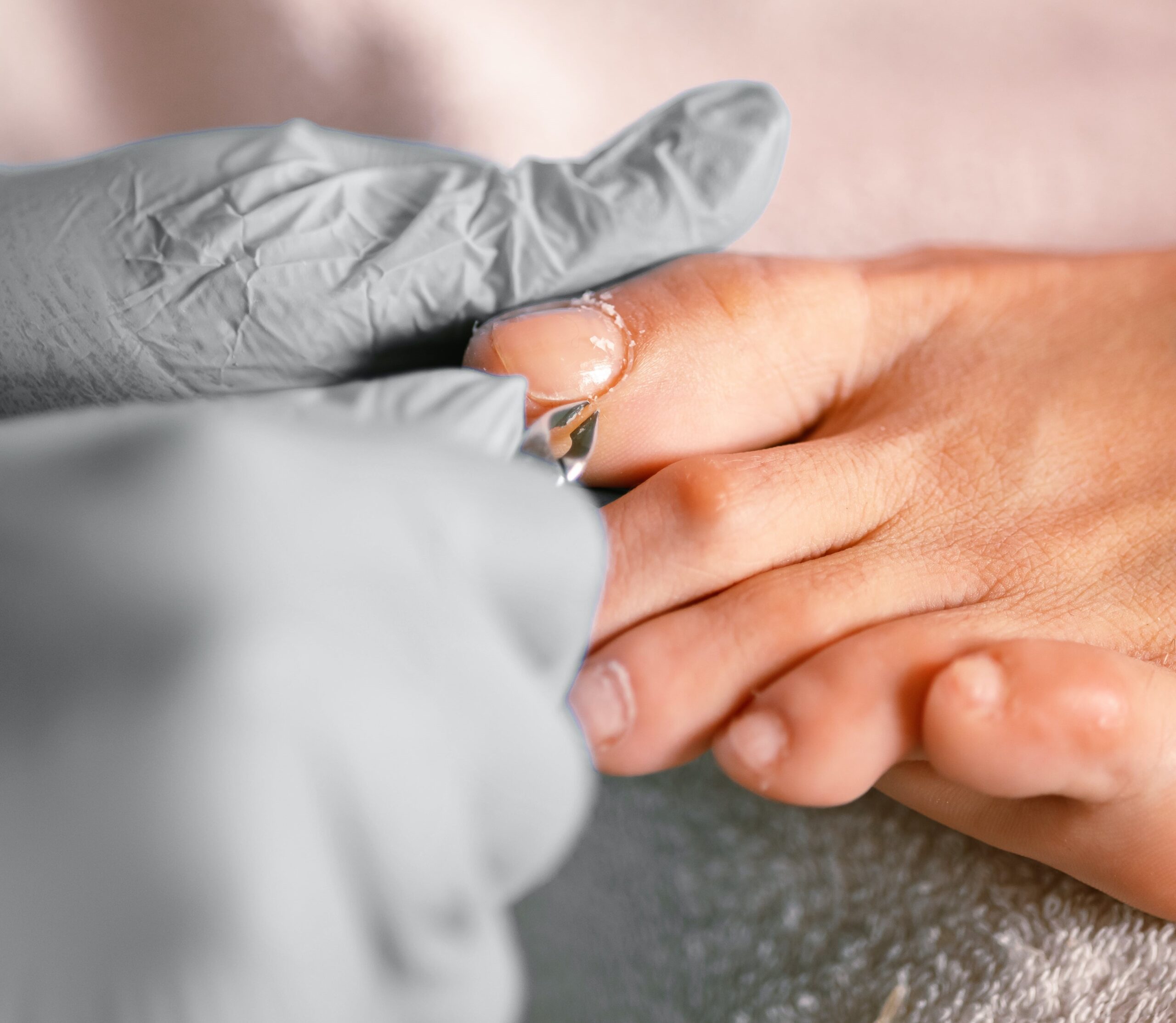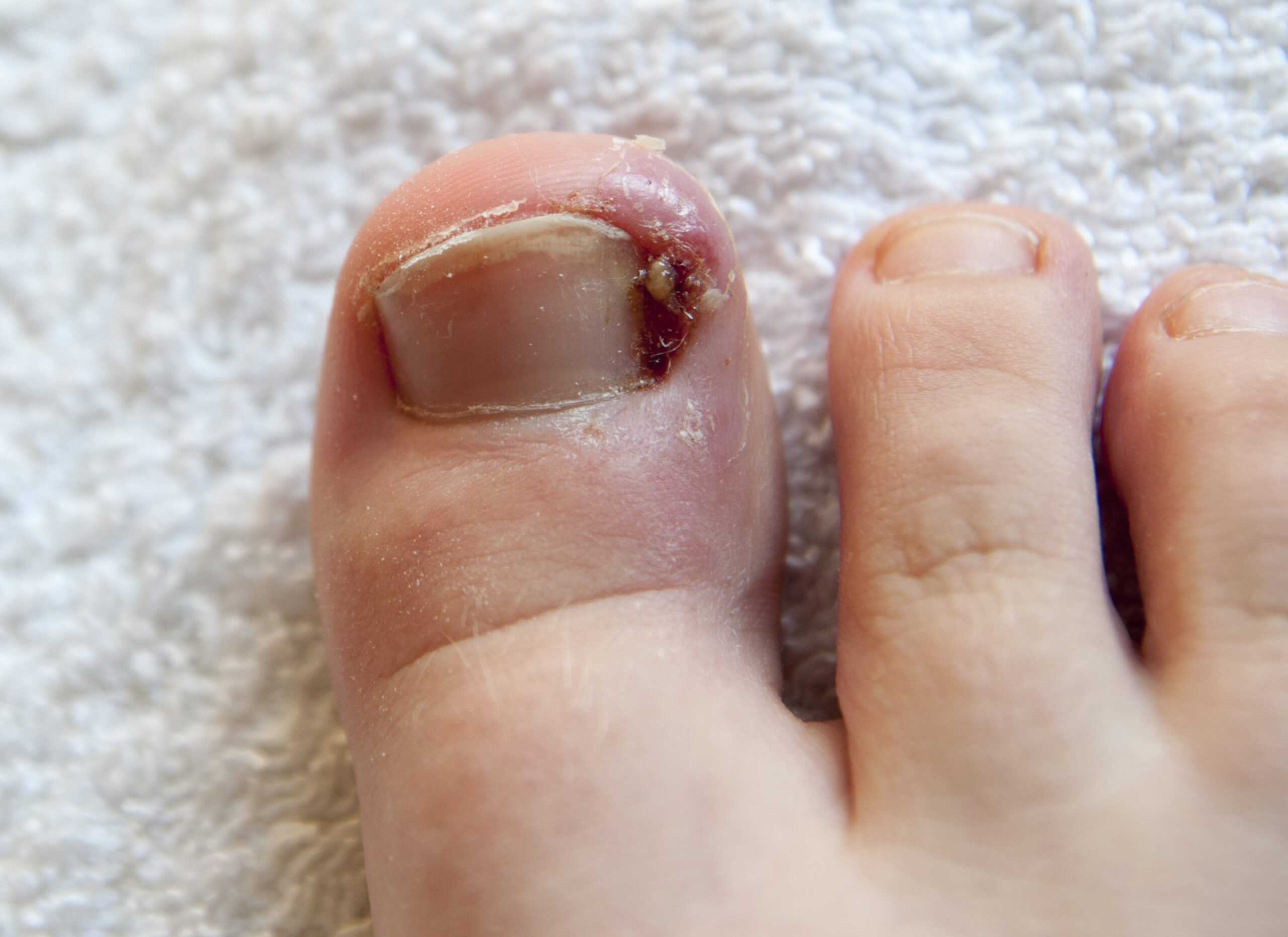Schedule An Appointment With Us
Are Your Symptoms Affecting Your Quality Of Life?
Consult our MOH-accredited orthopaedic surgeon for an accurate diagnosis & personalised treatment plan.
MBBS
MRCSEd
MMED (Ortho)
FRCSEd

An ingrown toenail is a condition where the nail, most commonly of the big toe, curls downwards and grows into the surrounding skin. This leads to discomfort, inflammation, and potentially infection. While it primarily affects the big toe, other toes can also experience this condition.
While ingrown toenails are relatively common, those with the condition should seek timely medical attention to relieve any pain, prevent infections and address any underlying issues effectively.
Ingrown toenails develop due to a variety of factors including:

The symptoms and signs of an ingrown toenail include:
Diagnosing an ingrown toenail typically involves the following steps:
Non-surgical methods are often effective in treating ingrown toenails, especially when addressed early.
Warm Water Soaks |
Initially, the foot specialist may suggest regularly soaking the foot in warm, soapy water or water with Epsom salt. This softens the skin and reduces swelling, thus providing relief and aiding in healing. |
Nail Lifting |
Gently lifting the edge of the ingrown toenail and placing a small piece of cotton or waxed dental floss underneath can help redirect the nail’s growth away from the skin. |
Use of Antibiotic Creams |
Applying antibiotic cream and a bandage can help manage minor infections and protect the area from further irritation. |
Pain Management |
Over-the-counter pain relievers like ibuprofen or acetaminophen can be used to alleviate discomfort. |
In more severe cases or when non-surgical treatments are ineffective, surgical interventions may be necessary.
This procedure involves numbing the toe and then surgically removing the ingrown portion of the toenail. It is typically done for persistent or severe cases.
In cases where the entire nail is problematic or recurrent ingrown toenails occur, the complete removal of the toenail might be required.
Schedule An Appointment With Us
Consult our MOH-accredited orthopaedic surgeon for an accurate diagnosis & personalised treatment plan.
Certain strategies can help reduce the risk of developing ingrown toenails.

MBBS
MRCSEd
MMED (Ortho)
FRCSEd
With over 18 years of experience, Dr Poh Seng Yew is an orthopaedic surgeon specialising in hip, knee, shoulder and elbow surgery, sports medicine, and trauma surgery.




Weekdays: 9.00am – 5.00pm
Saturdays: 9.00am – 1.00pm
Sundays and Public Holidays: Closed
Please leave us a message, and we will be in touch with you shortly.
Untreated ingrown toenails can lead to complications, including persistent pain and the risk of infection. Infections, if not managed, can worsen and potentially spread. Early intervention by a foot specialist can help prevent the condition from escalating.
A professional medical approach is often more effective and may be less painful than home remedies. The foot specialist employs various pain-minimising techniques, ensuring comfort during treatment.
After the removal of an ingrown toenail, some discomfort is normal during the healing process. This is usually temporary and less severe than the pain caused by the ingrown nail. If pain persists, consult a foot specialist to ensure proper healing and to rule out any complications.
Medical attention should be sought for an ingrown toenail if there is severe pain, signs of infection (such as redness, swelling, or pus), or if the condition does not improve with basic home care. Individuals with diabetes or circulation problems should seek immediate medical attention for any foot issues, including ingrown toenails, to prevent serious complications.